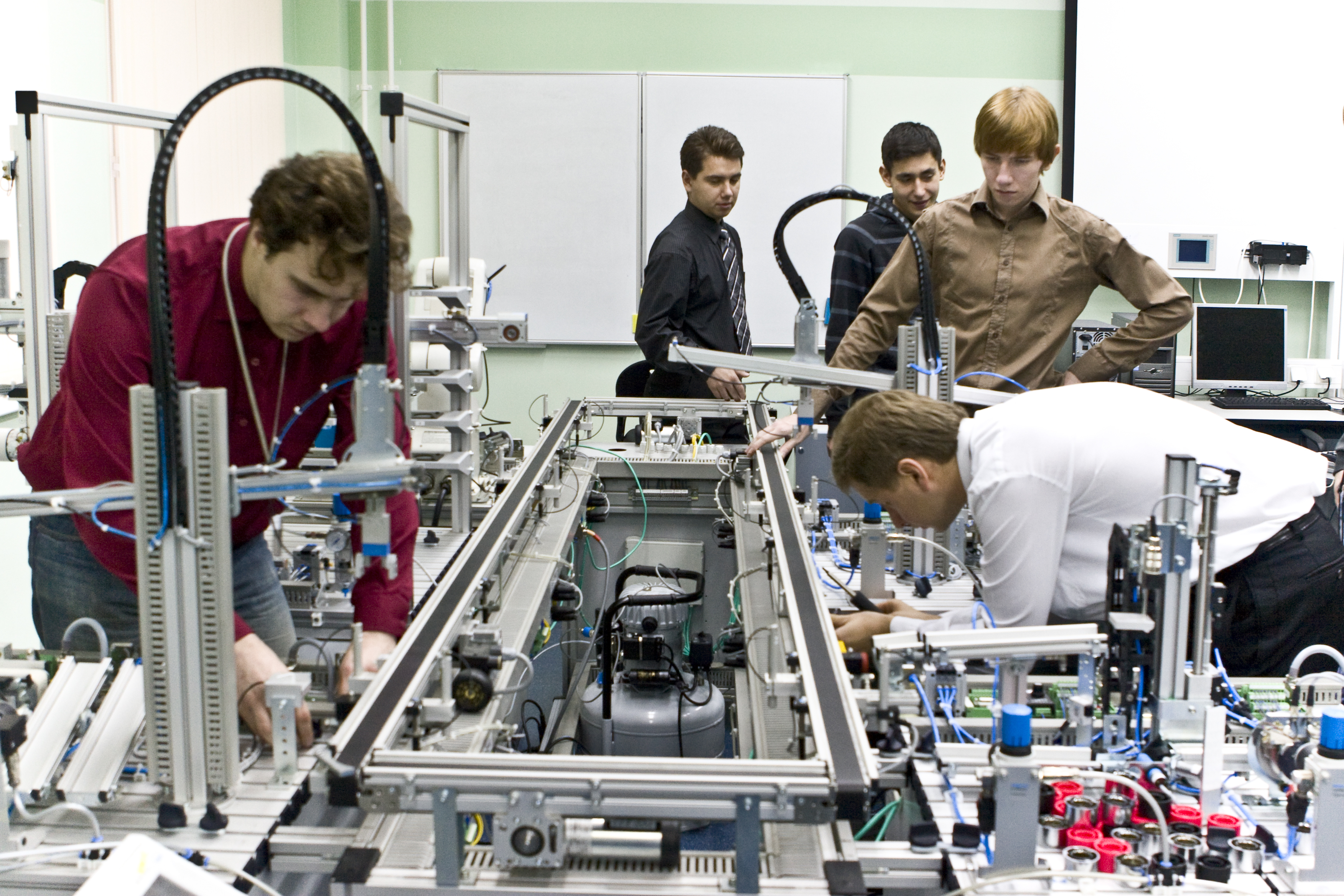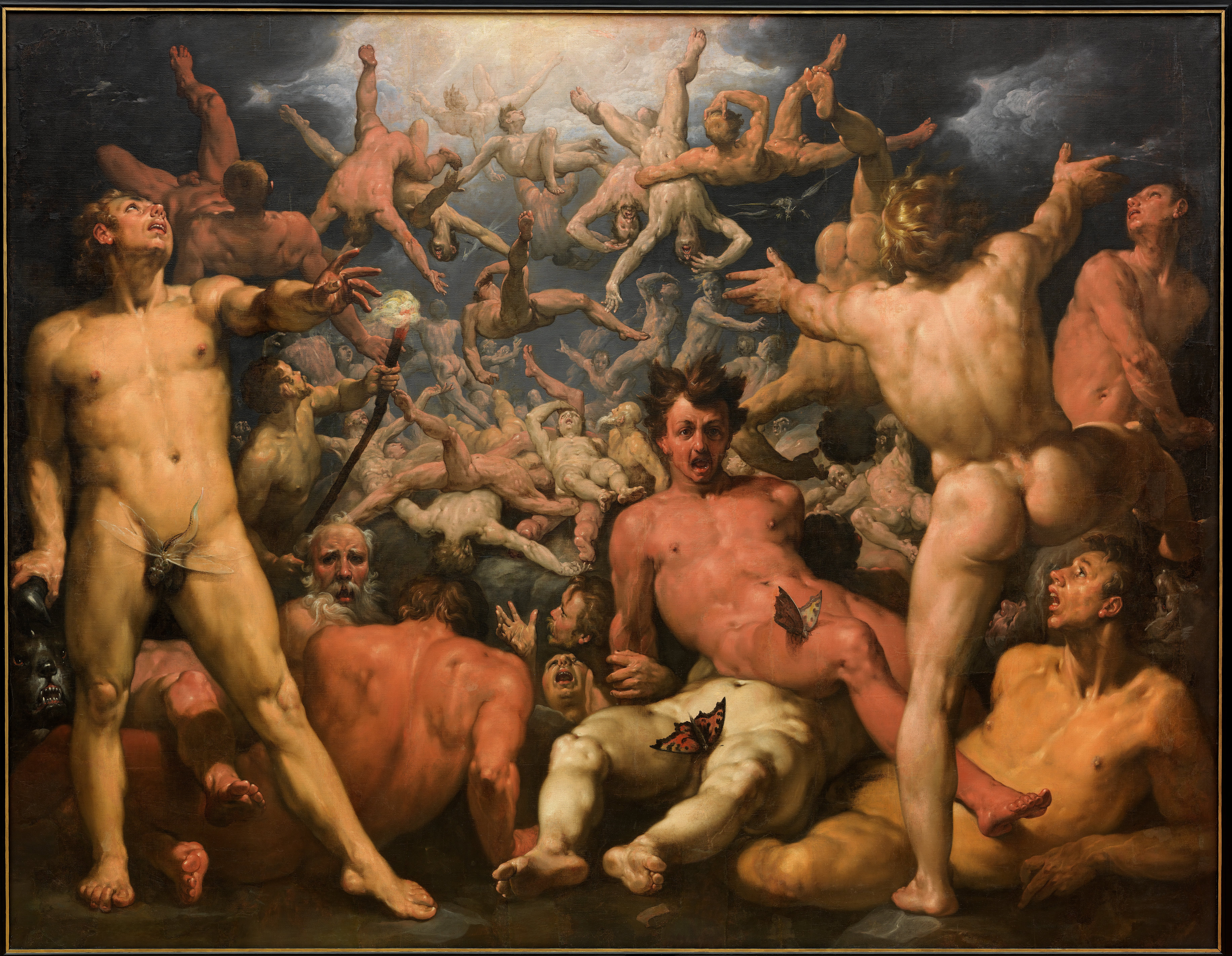|
Cégep Limoilou
Cégep Limoilou is a French-language CEGEP in the province of Quebec, situated in La Cité-Limoilou, a borough of Quebec City. Cégep Limoilou offers pre-university and technical programs, continuing education and corporate services. It has 6 faculties and 43 programs leading to a Diploma of College Studies (DEC) and 20 programs lead to an Attestation of College Studies (AEC). Programs *Pre-university programs (DEC), which take two years to complete, cover the subject matter which roughly corresponds to the additional year of high school given elsewhere in Canada in preparation for a chosen field in university. **Visual Arts **Creative Arts ***Communication, cinema and creativity ***Languages ***Theatre ***International Stakes and Languages (Double DEC) **Natural Sciences ***Health Sciences ***Pure and Applied Sciences **Computer Sciences and Mathematics **Social Sciences ***Administration and Economic Environment ***International Stakes ***Human Development and Society ***Educ ... [...More Info...] [...Related Items...] OR: [Wikipedia] [Google] [Baidu] |
CEGEP
A CEGEP ( or ; , ; also written CÉGEP and cegep) is a publicly funded college providing general, professional, academic or a mix of programs; they are exclusive to the province of Quebec's education system. A loanword from French, it originates from the French acronym for , sometimes known in English as a "General and Professional College"—it is now considered a word in itself. Although all colleges in Quebec are colloquially referred to as CEGEPs, only public colleges are officially referred to by that name. Both public (CEGEPs) and private colleges have the same function in Quebec. Although they may occasionally be compared to junior colleges or community colleges, CEGEPs differ in that a Diploma of College Studies (or , DEC) is required for university admission in Quebec, unless a student enters as a mature student, which typically means a minimum age of 21, with other requirements. A student in Quebec typically cannot enter university with only a secondary diploma ... [...More Info...] [...Related Items...] OR: [Wikipedia] [Google] [Baidu] |
French Language
French ( or ) is a Romance languages, Romance language of the Indo-European languages, Indo-European family. Like all other Romance languages, it descended from the Vulgar Latin of the Roman Empire. French evolved from Northern Old Gallo-Romance, a descendant of the Latin spoken in Northern Gaul. Its closest relatives are the other langues d'oïl—languages historically spoken in northern France and in southern Belgium, which French (Francien language, Francien) largely supplanted. It was also substratum (linguistics), influenced by native Celtic languages of Northern Roman Gaul and by the Germanic languages, Germanic Frankish language of the post-Roman Franks, Frankish invaders. As a result of French and Belgian colonialism from the 16th century onward, it was introduced to new territories in the Americas, Africa, and Asia, and numerous French-based creole languages, most notably Haitian Creole, were established. A French-speaking person or nation may be referred to as Fra ... [...More Info...] [...Related Items...] OR: [Wikipedia] [Google] [Baidu] |
Education In Quebec City
Education is the transmission of knowledge and skills and the development of character traits. Formal education occurs within a structured institutional framework, such as public schools, following a curriculum. Non-formal education also follows a structured approach but occurs outside the formal schooling system, while informal education involves unstructured learning through daily experiences. Formal and non-formal education are categorized into levels, including early childhood education, primary education, secondary education, and tertiary education. Other classifications focus on teaching methods, such as teacher-centered and Student-centered learning, student-centered education, and on subjects, such as science education, language education, and physical education. Additionally, the term "education" can denote the mental states and qualities of educated individuals and the academic field studying educational phenomena. The precise definition of education is disputed, an ... [...More Info...] [...Related Items...] OR: [Wikipedia] [Google] [Baidu] |
Quebec CEGEP
Quebec is Canada's largest province by area. Located in Central Canada, the province shares borders with the provinces of Ontario to the west, Newfoundland and Labrador to the northeast, New Brunswick to the southeast and a coastal border with the territory of Nunavut. In the south, it shares a border with the United States. Between 1534 and 1763, what is now Quebec was the French colony of ''Canada'' and was the most developed colony in New France. Following the Seven Years' War, ''Canada'' became a British colony, first as the Province of Quebec (1763–1791), then Lower Canada (1791–1841), and lastly part of the Province of Canada (1841–1867) as a result of the Lower Canada Rebellion. It was confederated with Ontario, Nova Scotia, and New Brunswick in 1867. Until the early 1960s, the Catholic Church played a large role in the social and cultural institutions in Quebec. However, the Quiet Revolution of the 1960s to 1980s increased the role of the Government of ... [...More Info...] [...Related Items...] OR: [Wikipedia] [Google] [Baidu] |
Educational Institutions Established In 1967
Education is the transmission of knowledge and skills and the development of character traits. Formal education occurs within a structured institutional framework, such as public schools, following a curriculum. Non-formal education also follows a structured approach but occurs outside the formal schooling system, while informal education involves unstructured learning through daily experiences. Formal and non-formal education are categorized into levels, including early childhood education, primary education, secondary education, and tertiary education. Other classifications focus on teaching methods, such as teacher-centered and student-centered education, and on subjects, such as science education, language education, and physical education. Additionally, the term "education" can denote the mental states and qualities of educated individuals and the academic field studying educational phenomena. The precise definition of education is disputed, and there are disagreements ... [...More Info...] [...Related Items...] OR: [Wikipedia] [Google] [Baidu] |
Titans Du Cégep Limoilou Women's Ice Hockey
In Greek mythology, the Titans ( ; ) were the pre- Olympian gods. According to the ''Theogony'' of Hesiod, they were the twelve children of the primordial parents Uranus (Sky) and Gaia (Earth). The six male Titans were Oceanus, Coeus, Crius, Hyperion, Iapetus, and Cronus; the six female Titans—called the Titanides () or Titanesses—were Theia, Rhea, Themis, Mnemosyne, Phoebe, and Tethys. After Cronus mated with his older sister Rhea, she bore the first generation of Olympians: the six siblings Zeus, Hades, Poseidon, Hestia, Demeter, and Hera. Certain other descendants of the Titans, such as Prometheus, Atlas, Helios, and Leto, are sometimes also called Titans. The Titans were the former gods: the generation of gods preceding the Olympians. They were overthrown as part of the Greek succession myth, which tells how Cronus seized power from his father Uranus and ruled the cosmos with his fellow Titans before being in turn defeated and replaced as the ruling pantheon of god ... [...More Info...] [...Related Items...] OR: [Wikipedia] [Google] [Baidu] |





